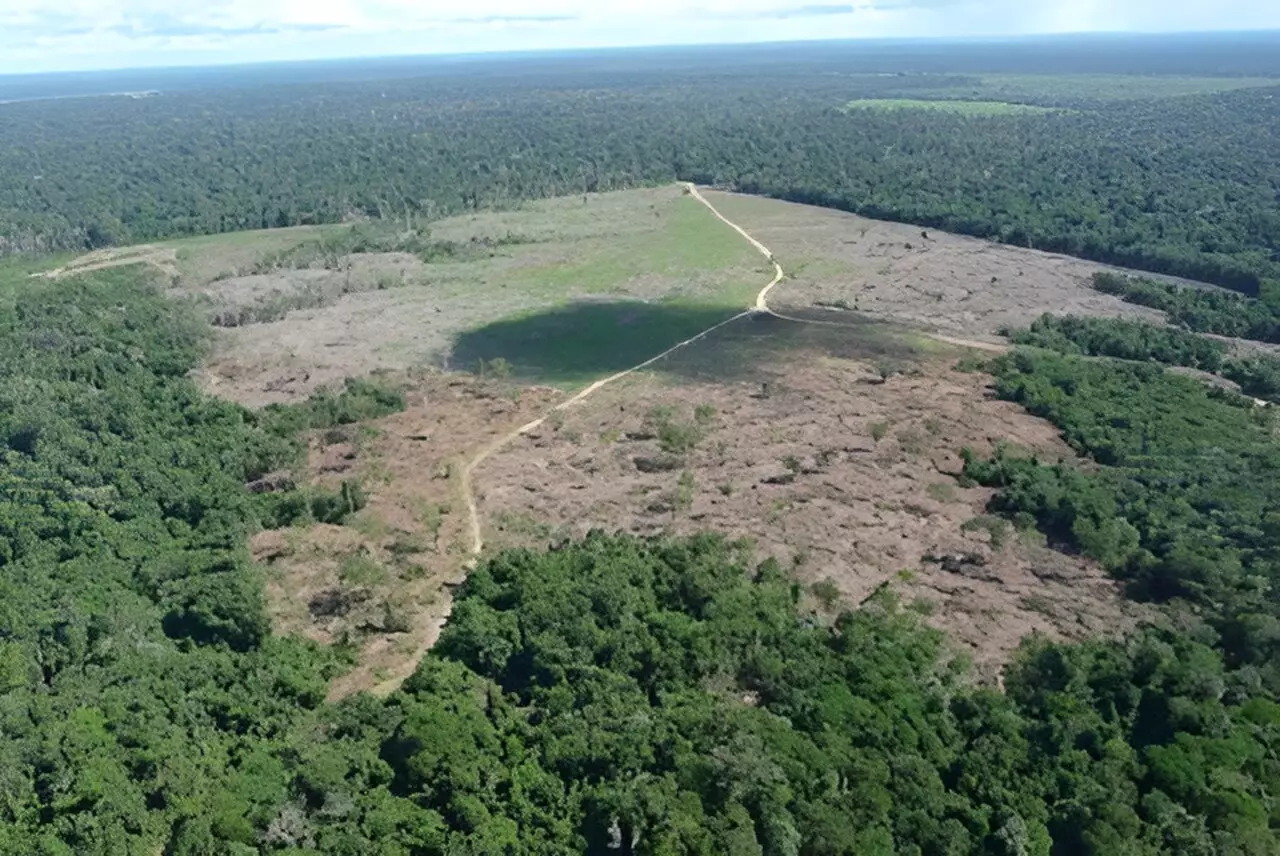Brazil’s Legal Amazonia (BLA) stands as a critical tapestry of biodiversity and ecologic function within the larger Amazon Basin. Spanning more than 5 million square kilometers across nine Brazilian states, it encompasses almost 60% of the country’s land area. However, alarming statistics indicate that approximately 23% of this unique region has suffered from deforestation. In addition, over 1 million square kilometers are classified as degraded lands, creating an urgent situation where ecosystems could collapse, potentially releasing billions of tons of carbon into the atmosphere. Parts of BLA—particularly in regions adjacent to the Cerrado and within the notorious Deforestation Arc—have now become net carbon emitters, underscoring the dire need for focused conservation efforts.
The immediate causes of deforestation in BLA have often been attributed to external factors, particularly the global demand for commodities such as soy and beef. However, a pivotal study by Eduardo Haddad and collaborators published in Nature Sustainability shifts the focus towards the domestic market, revealing that local demand plays a significantly larger role. Their research disclosed that an astounding 83.17% of deforestation is propelled by external demand, with a notable 59.68% coming from other parts of Brazil alone.
This insight challenges the conventional viewpoint that considers deforestation primarily from the supply side—analyzing how productive sectors replace forests with agricultural or livestock enterprises. Instead, the study adeptly analyzes the demand perspective, dissecting the forces stimulating economic activities that foster deforestation. The implication is clear: Brazil’s domestic markets wield considerable influence over deforestation patterns, demanding that policymakers consider internal economic dynamics alongside external pressures.
Haddad’s methodology employs an input-output matrix model, a framework established by economist Wassily Leontief, to analyze the intricate connections between economic sectors. This model explores how inputs from one sector prompt outputs in another, showcasing how shifts in production impact demand across the economy. The research utilized Brazil’s 2015 input-output matrix due to a lack of updates since then, relying on the reality that the Brazilian economic structure has seen little transformation in recent years.
By applying this model, the study reveals the intertwined nature of agriculture and deforestation within BLA. The stark figures presented illustrate how domestic consumption drives agricultural expansion, causing deforestation in the region. Given that cattle ranching is the leading driver—accounting for 93.4% of BLA’s total deforestation—understanding the economic nuances becomes increasingly essential for effective policymaking.
Over the last fifty years, the agricultural landscape of Brazil has drastically transformed. Initially, soybean production was minimal, but by 2022, more than 50 million metric tons were harvested from BLA. Similarly, cattle numbers have skyrocketed from 8.9 million in 1974 to an astounding 104.3 million by 2022. This exponential growth is largely attributed to rising domestic consumption patterns and urbanization trends, where beef and dairy demand has spiked significantly.
However, the study highlights a crucial divide: deforestation for cattle pasturing is predominantly driven by local demand (61.63%), while a substantial portion of crop agriculture (58.38%) responds to export demands. This critical understanding of consumer behavior is essential for crafting targeted policies aimed at curbing deforestation, emphasizing the need for sustainable practices that align with changing consumption patterns.
The geographical concentration of deforestation activities predominantly within the BLA reinforces the urgency of addressing this crisis head-on. With infrastructure development and urbanization further exacerbating the situation, illegal land appropriation, known as grilagem, has emerged as a significant factor leading to deforestation. Investigations indicate intriguing complexities surrounding land ownership, with many areas illegally occupied for extended periods. The resulting litigation often serves as a barrier to effective governance, allowing illegal deforestation to flourish.
Significantly, the study illustrates how economic demand from Brazil’s developed regions drives deforestation more than international markets. This stark revelation holds tremendous implications for both civil society and policymakers, emphasizing the potential for meaningful intervention at the local level.
The complexities surrounding deforestation in Brazil’s Legal Amazonia necessitate a multifaceted approach to conservation. The findings highlight the need for extensive cooperation among policymakers, local communities, and economic sectors to develop sustainable practices, curtail illegal land use, and mitigate detrimental environmental impacts.
As the world grapples with climate change, understanding the intricate factors behind Brazil’s deforestation could guide global initiatives aimed at safeguarding biodiversity while simultaneously addressing the local and international demand for agricultural goods. Without urgent action, the ecological collapse of the Amazon—and its implications for global carbon emissions—remains a looming threat.


Leave a Reply